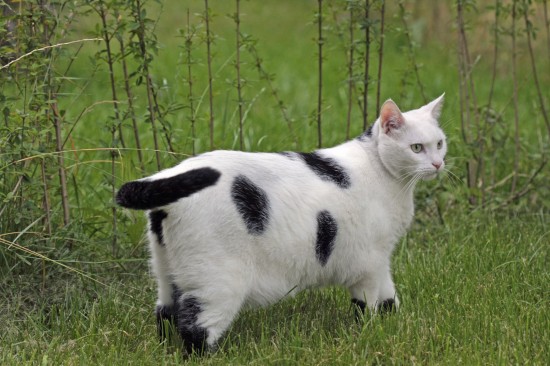Gas is produced in landfill sites due to anaerobic digestion of biodegradable organic wastes and this constitutes the big other environmental hazard of landfills after landfill leachate.
Anaerobic digestion (AD) has been known for a long while, and is one of the oldest processes used for the stabilization of sewage sludge's. It involves the decomposition of organic and inorganic matter in the absence of molecular oxygen, and it happens in a landfill after 6 to 18 months from tipping, when the landfill turns methanogenic (gas producing). anaerobic bacterial fermentation produces organic alcohols and acids as byproducts. Additionally, metals are reduced to their ionic state during this stage of the life of a modern landfill.
All landfills are large bioreactors. Some special bioreactor landfills have been built around the world. They are created by the deliberate introduction and recirculation of liquids in a landfill intended to encourage early decomposition. This model attempts to respond to the problem of grave risks from delaying the onset of decomposition until a future time when remediation is either extremely costly or likely to remain undone.
This is because LFGE produces electricity at lower costs than other renewable fuels and hence bioreactors provide good energy production potential by maximizing landfill gas production. In fact, some renewable energy advocates looking at the energy market have even suggested that other energy technologies such as wind, may be hampered by the investments in LFGE, which may even slow the development of cleaner power sources.
Open landfills fall into several categories, which include: demolition, industrial, mixed municipal and municipal waste combustor ash. More information about open landfills in Minnesota is available from the link below. Opening and excavating these areas would be counter productive to the plan of sealing and essentially forgetting about the waste inside.
However, whatever has been said on this score, never forget the fact that landfill methane is an excellent and frequently untapped resource. Most times gases are simply flared or burned in the atmosphere. However, interest in the use of landfill gas to fuel electricity generation is growing. Indeed in the US, landfill methane is collected at a growing number of landfill sites and burned for energy production which mitigates the global warming effect of the methane as well as producing electricity and/or heat.
Requirements are given in the US for control of methane from MSW landfills. The concentration of methane is not to exceed 25% of the lower explosive limit in facility structures, nor exceed the limit at the facility boundary. Action is taken under the Clean Air Act and regulators require active and/or passive mechanisms to be used in MSW landfills to control all emissions, including VOCs.
In Germany, gas extraction need only be considered under federal law and, for MSW landfills, there is a specified 10% restriction on the VOC emissions. In addition, there is an operating guideline that wastes should be tightly spaced (to prevent air pockets) where gas is likely to arise.

 We All Fear Cancer Because We Know It Is A Killer
We All Fear Cancer Because We Know It Is A Killer
 Dog Agility For Beginners
Dog Agility For Beginners
 How To Tell If Your Cat Is Overweight - And What To Do About It
How To Tell If Your Cat Is Overweight - And What To Do About It
 Why Do Cats Meow At Us?
Why Do Cats Meow At Us?
 New Tick-borne Disease Babesiosis That All Dog Owners Should Be Aware Of
New Tick-borne Disease Babesiosis That All Dog Owners Should Be Aware Of
 Are You Prepared In Case of a Vet Emergency? How to Shop for the Right Dog Health Insurance
Are You Prepared In Case of a Vet Emergency? How to Shop for the Right Dog Health Insurance